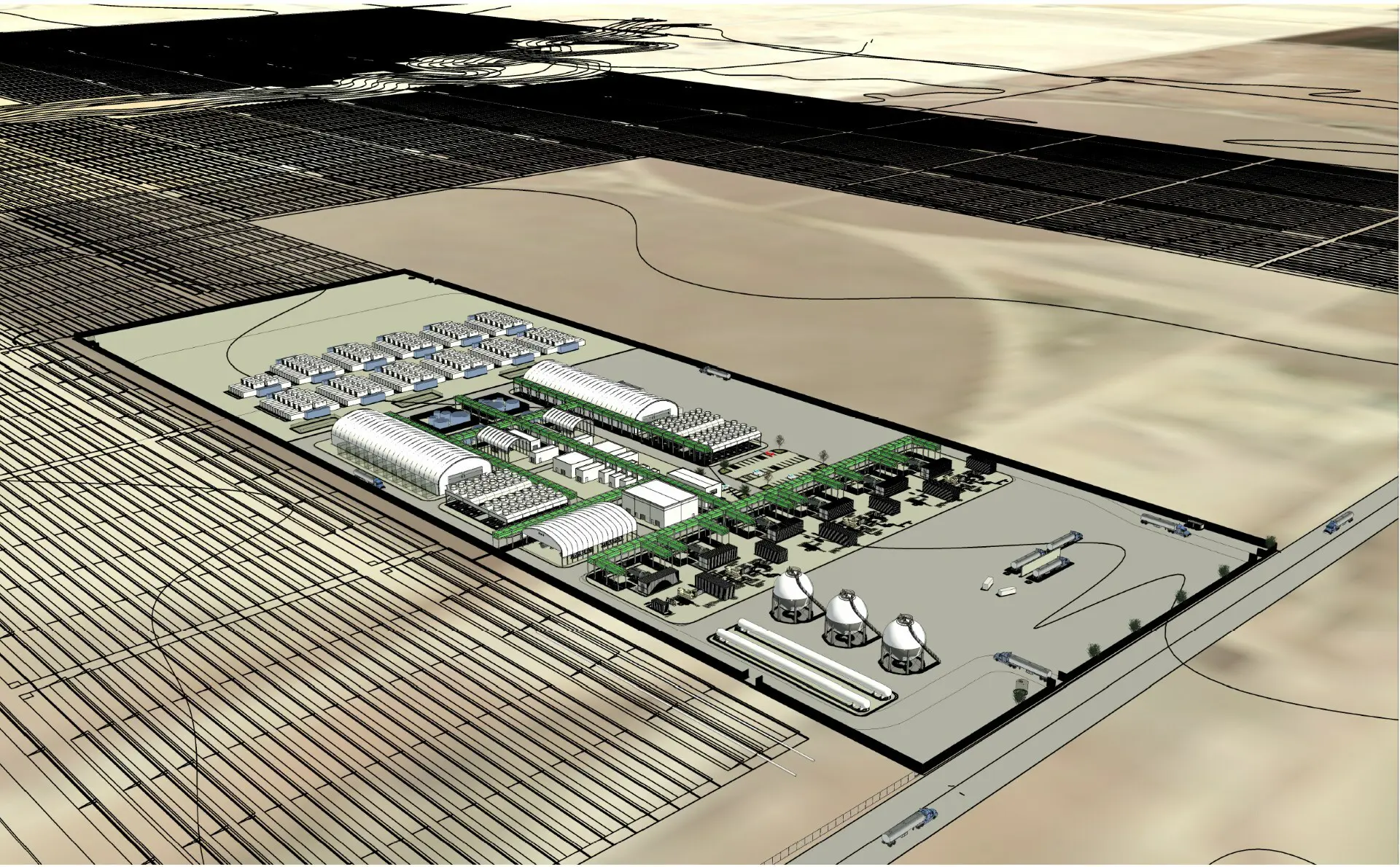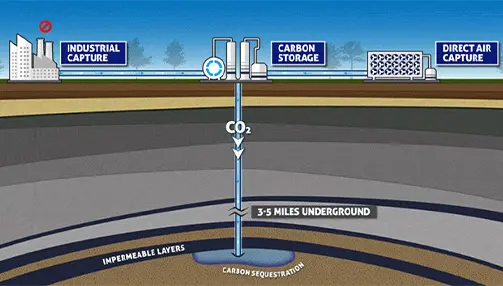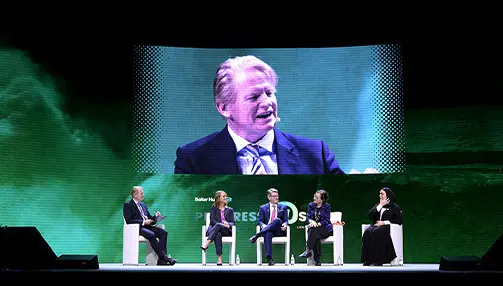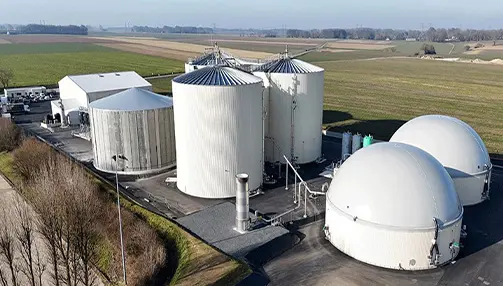
DOE Inks Support For California’s US$12.6 Billion Hydrogen Hub

The US Department of Energy (DOE) and the Alliance for Renewable Clean Hydrogen Energy Systems (ARCHES) announced the official signing of a US$12.6 billion agreement to build a clean, renewable Hydrogen Hub in California, including the up to US$1.2 billion in federal funding that was announced last year when California was selected as a national hub (see “Fahrenheit 2.7: US$7 Billion For Seven Regional Hydrogen Hubs,” Q1 2024 ESG Review, p. 2). ARCHES is the first of seven Hydrogen Hubs throughout the country to officially sign their agreement with the DOE.
The ARCHES hub will facilitate a network of clean, renewable hydrogen production sites to cut fossil fuel use throughout California, with the ultimate goal of decarbonizing public transportation, heavy duty trucking, and port operations by 2 MTPA, which is roughly the equivalent to annual emissions of 445,000 gasoline-fueled cars.
“California is revolutionizing how a major world economy can clean up its biggest industries,” said California Governor Gavin Newsom. “We’re going to use clean, renewable hydrogen to power our ports and public transportation — getting people and goods where they need to go, just without the local air pollution. Thanks to the Biden-Harris Administration, California is excited to pioneer this initiative that’ll show other states and countries what’s possible when you prioritize clean energy and public health.”
In mid-July, California debuted several hydrogen-powered transportation innovations, including the world’s first entirely hydrogen-powered ferry in San Francisco Bay and a successful 523-mile (842 km) hydrogen-electric flight. Now, it’s just a matter of building out the hydrogen supply chain so hydrogen consumers have a reliable and affordable source of clean energy.

The ARCHES hydrogen hub will create an estimated 220,000 new jobs, including 130,000 in construction and 90,000 permanent jobs, US$2.95 billion per year in economic value from better health and health cost savings, and ensure that at least 40% of the benefits from projects will flow to disadvantaged communities through community directed investments, workforce training, and family supporting jobs.
The main points of decarbonization are three large ports with more than 200 pieces of cargo-handling equipment, the implementation of more than 5000 fuel-cell-electric trucks, more than 1000 fuel-cell-electric buses, one marine vessel, turbines and stationary fuel cells, and the development of infrastructure for hydrogen transport and use, including 60 heavy-duty fueling stations and 165 miles (266 km) of open-access pipelines.
In less than three years, California’s hydrogen ambitions went from dreams to reality. In November 2022, California released the world’s first plan to achieve net-zero carbon pollution using hydrogen to cut pollution and ramp up clean energy. California submitted an application in April 2023 through ARCHES to build the framework for California’s renewable, clean hydrogen hub. In August 2023, Governor Newsom directed GO-Biz to develop California’s Hydrogen Market Development Strategy, employing an all-of-government approach to building up California’s clean, renewable hydrogen market. As mentioned, California was selected late last year as one of seven regional hydrogen hubs. And now, it has officially signed an agreement with the DOE.
Federal support for hydrogen innovation, production, and consumption is essential for getting the US hydrogen economy off the ground and building a foundation that will win the confidence needed to spur new ideas and funding.










